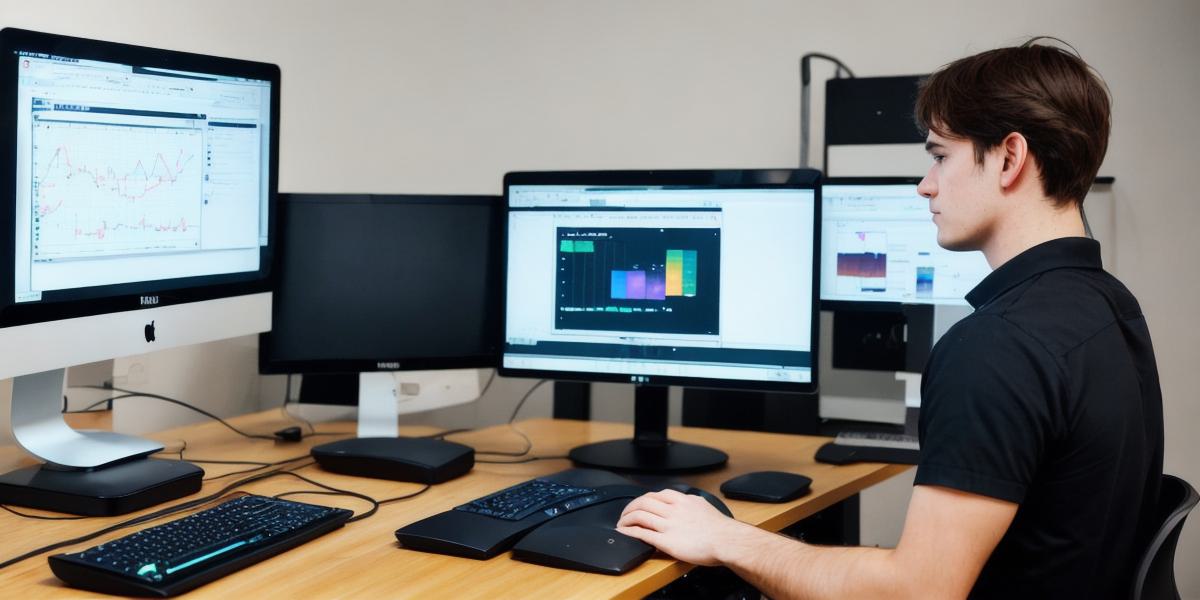Are you looking to create your own 2D game? Look no further than Unity, one of the most popular game engines on the market. In this article, we’ll walk you through the steps to start developing a 2D game in Unity. We’ll cover everything from setting up your development environment to creating your first character and level.
Getting Started with Unity
Before you can start creating a 2D game in Unity, you’ll need to download the software. You can do this by visiting the Unity website and downloading the latest version of the engine. Once you have the software installed, you’ll need to create a new project. This is where you’ll give your project a name and choose the template for your game.

Setting Up Your Development Environment
Once you’ve created a new project in Unity, it’s time to set up your development environment. This includes installing any necessary plugins or assets, such as a physics engine or graphics pack. You can find these on the Unity Asset Store, which is a marketplace for game developers.
Creating Your First Character
Now that you’ve set up your development environment, it’s time to start creating your game. The first step is to create your main character. To do this, you can use Unity’s built-in tools or import a pre-made model from an external source. Once you have your character model, you can add animations and other interactive elements to make it come to life.
Designing Your Levels
With your character created, it’s time to design your levels. Unity has a variety of tools for creating 2D environments, including tile maps and 3D objects. You can use these tools to create your own levels or import pre-made assets from the Unity Asset Store. Once you have your levels designed, you can add interactive elements such as obstacles and enemies.
Testing and Debugging Your Game
As you work on your game, it’s important to test and debug regularly. Unity has a built-in editor that allows you to playtest your game in real-time. This is an excellent way to catch any bugs or issues early on in the development process. You can also use Unity’s debugging tools to identify and fix any problems that arise.
Publishing Your Game
When you’re ready to release your game, there are a few different options for publishing. If you want to make your game available on mobile devices or the web, you can use Unity’s built-in export tools. Alternatively, if you want to release your game on consoles or other platforms, you’ll need to use Unity’s integration with external services like Steam or the Xbox Live Indie Games marketplace.
FAQs
- What programming skills do I need to develop a 2D game in Unity?
You don’t necessarily need programming skills to develop a 2D game in Unity, as the engine has a lot of built-in tools and features that can be used without coding. However, if you want more control over your game or access to advanced features, you may need to learn some basic programming concepts. - How long does it take to develop a 2D game in Unity?
The time it takes to develop a 2D game in Unity depends on the complexity of the project and the skill level of the developer.
